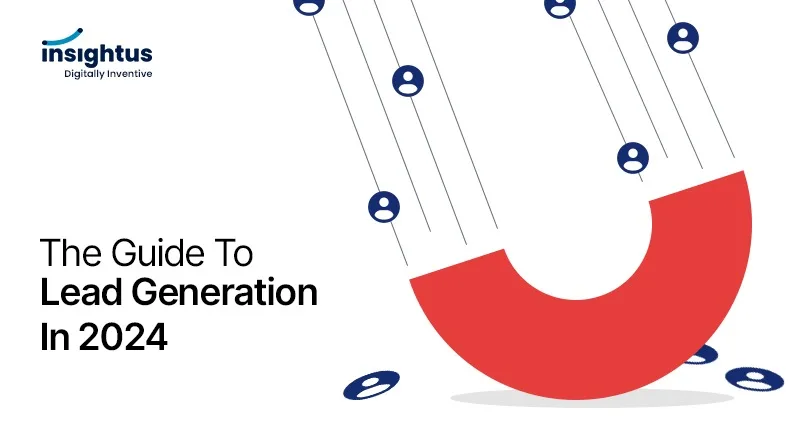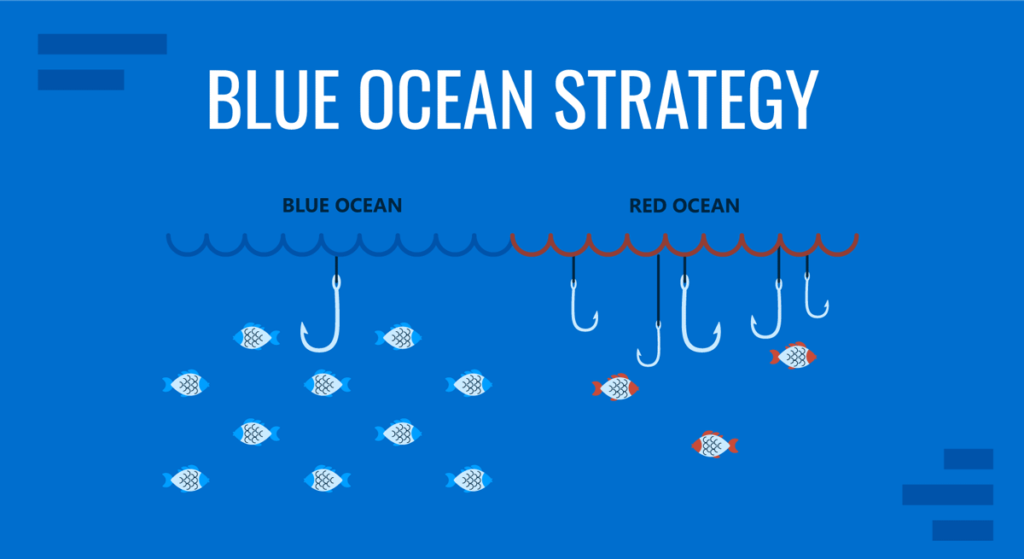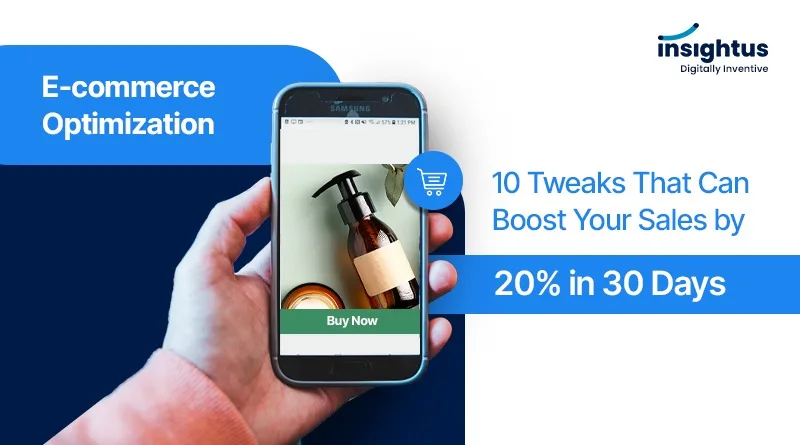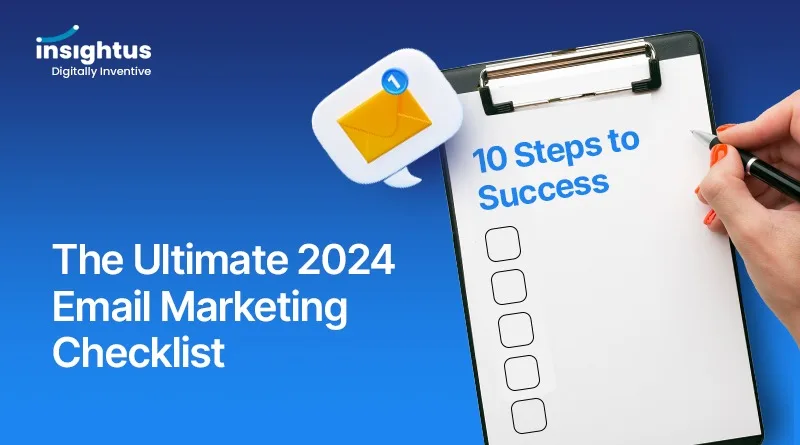The Guide to Lead Generation in 2024
In today’s market, attracting and nurturing high-quality leads is no longer a luxury, it’s a necessity. Whether you’re a tech startup or a local bakery, generating a steady stream of potential customers fuels your growth, boosts revenue, and ultimately determines your success. Effective lead generation addresses these challenges head-on: Table of Contents Content Marketing Example: HubSpot Academy with Educational Content Blog Posts & Guides: HubSpot, a leading marketing and sales platform, has mastered the art of attracting leads through valuable content. Their HubSpot Academy offers a treasure trove of free resources, including: Impact: These resources attract organic traffic, establish HubSpot as a thought leader, and capture leads through strategically placed CTAs within the content. Social Media Marketing Example: TOMS Shoes Connects on Instagram Engaging Content: TOMS, the shoe company known for its one-for-one giving model, uses Instagram to connect with its audience on a deeper level. They share: Impact: This engaging content fosters brand loyalty, drives product discovery, and encourages user interaction, ultimately generating leads through profile links and calls to action. Capturing High-Intent Leads with PPC Campaigns PPC in Action: Pay-per-click (PPC) advertising allows you to target specific keyword searches and demographics, putting your ad in front of highly relevant potential customers. Let’s see how it generates high-intent leads: Google Ads Example: Imagine you’re a marketing agency offering SEO services. You create a Google Ads campaign targeting keywords like “best SEO companies [city name]” and “increase website traffic.” When someone searches for these terms, your ad appears at the top of the results page: Image: google.com High-Intent Users: People searching for such keywords are actively looking for SEO services, making them high-intent leads. Clicking your ad takes them to a landing page designed to capture their information through a contact form or consultation request. Social Media Ads: Similarly, social media platforms like Facebook allow you to target users based on interests, demographics, and even purchase behaviour. This lets you show your ad to people who are more likely to be interested in your offerings: Engaging Creatives: Compelling ad visuals and messaging can further attract high-intent leads. For example, you could showcase case studies, highlight client testimonials, or offer free consultations in your ad. Conversion Optimization: Remember, PPC isn’t just about clicks. Track conversions (lead form submissions, website visits, etc.) and optimize your campaigns to maximize ROI. Key Takeaways: By strategically using PPC, you can attract qualified leads who are actively seeking solutions within your niche. Email Marketing: Nurturing Leads with Engaging Content The Power of Email: Done right, email marketing is a powerful tool for nurturing leads and guiding them through the buyer’s journey. Let’s explore a well-crafted campaign example: Company: Mailchimp Campaign: “Email Marketing 101: From Beginner to Pro” Content & Strategy: This email series welcomes new subscribers and educates them on email marketing basics: Impact: This campaign educates leads, builds trust, and encourages them to explore Mailchimp’s tools and services. Webinars & Events: Qualifying Leads Through Education Company: HubSpot The State of Inbound Marketing 2024 Format & Value: HubSpot hosts regular webinars covering diverse marketing topics. This specific event offers: Lead Qualification: Attendees register with their contact information, allowing HubSpot to qualify them based on interests and pain points. Impact: This webinar educates, fosters brand loyalty, and generates qualified leads for HubSpot’s sales team. Content Offers that Capture Leads: Examples to Inspire You Content offers, like downloadable guides, white papers, and case studies, are valuable tools for attracting and qualifying leads. Let’s explore some enticing examples: Example 1: Evernote – The Guide to Productivity Format: In-depth ebook with actionable tips and strategies for boosting productivity. Value Proposition: Helps users overcome common productivity challenges and become more efficient. Lead Capture: Requires email address download to access the guide. Example 2: Salesforce – The State of Marketing 2024 Format: Comprehensive white paper with data, insights, and trends in the marketing landscape. Value Proposition: Provides valuable market research and informs strategic decision-making. Lead Capture: Requires email address and additional information based on industry, company size, etc. Screenshot: (Replace with an actual screenshot of the Salesforce white paper or landing page) Example 3: Asana – Customer Success Stories (Case Studies) Format: Collection of real-world examples showcasing how companies use Asana to achieve success. Value Proposition: Demonstrates the platform’s effectiveness and inspires potential users. Lead Capture: Requires email address to download individual case studies or the entire collection. Key Takeaways: By creating compelling content offers and optimizing your lead capture process, you can effectively attract and nurture high-quality leads for your business. Nurturing leads through the funnel is crucial, but converting them into paying customers requires targeted BOFU (Bottom of the Funnel) strategies. Let’s explore some effective options: Specialized Services for Targeted Leads Imagine you’re a real estate agent seeking highly qualified buyers or sellers. Partnering with a specialized real estate lead generation service can be a powerful solution. Consider: Remember: This is just one example. Many companies offer real estate lead generation services. Research options that align with your niche and budget. Expertise and Resources for Complex Needs For businesses requiring comprehensive lead generation solutions, partnering with a dedicated agency can be beneficial. Here’s why: Choosing the Right Partner: By exploring specialized services and partnering with agencies, you can target high-intent leads at the bottom of the funnel and maximize your conversion rates. In the competitive world of online marketing, direct response ads (DRAs) stand out for their laser focus on one goal: conversion. Let’s delve into examples that drive action with compelling offers and clear calls to action: Example 1: Dollar Shave Club – The Subscription Revolution Elements: Outcome: This ad catapulted Dollar Shave Club to success, highlighting the power of DRAs. Example 2: Spotify Premium – Your Listening Goals Elements: Outcome: This ad effectively promotes Spotify Premium by addressing common pain points and offering a risk-free trial. Key Takeaways: By incorporating these elements, you can create direct response ads that drive conversions and propel your business forward. Your Journey to Lead Generation Mastery By implementing a multi-stage approach,
The Guide to Lead Generation in 2024 Read More »










![Summary of Permission Marketing: Turning Strangers into Friends and Friends into Customers'' - Seth Godin. [PDF]](https://insightusdigital.com/wp-content/uploads/2024/01/image-105-e1708343824865.png)
